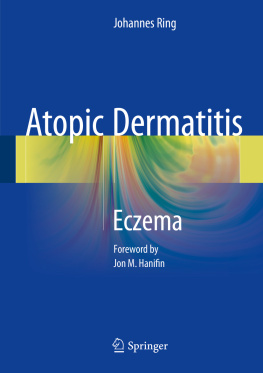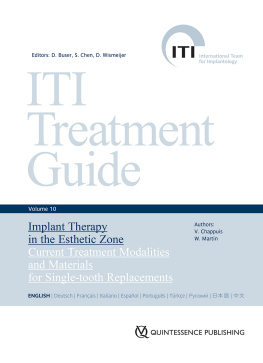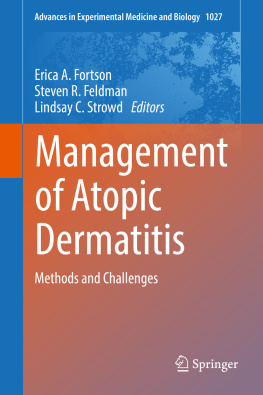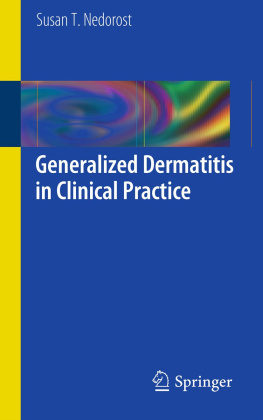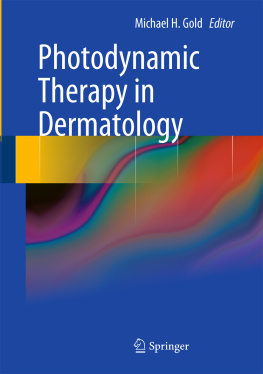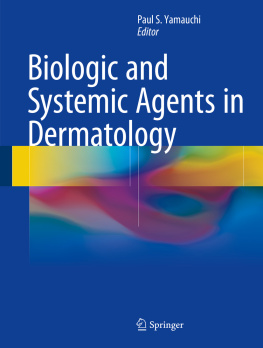1.1 Introduction
Allergic diseases are among the major health problems of our time. Especially the so-called atopic diseases, namely, asthma, rhinoconjunctivitis (hay fever), and eczema (atopic dermatitis, atopic eczema), have increased in prevalence during the last decades dramatically (Alfvn et al. ). When skin diseases start in childhood, they may influence the whole life history of a person in a long-lasting way.
At the beginning of this book, I want to start with some very personal reflections: since 1977 I have been engaged scientifically and clinically with this disease, when I performed a postdoctoral fellowship to do research with a grant of the Deutsche Forschungsgemeinschaft at the Scripps Clinic and Research Foundation in La Jolla, California, USA, in the Division of Allergy and Immunology under the guidance of Dr. Eng M. Tan. When I had told him that after this postdoctoral fellowship I most likely would join the Dermatology Department in Munich, he sent me to the library to decide in what field I would like to spend the 2 years.
I found that in those days many other and markedly rarer diseases attracted more attention than atopic dermatitis. So I decided to start here. Later my teacher in clinical dermatology, Prof. Otto Braun-Falco, tolerated this decision although he himself focused on psoriasis; he probably did not like atopic dermatitis so much, since the disease was too unprecise and diffuse. However, he always gave me the freedom to follow my scientific interests, and he accompanied the progress of my work very intensively and critically.
At the World Congress of Dermatology (Congressus Mundi Dermatologiae) 1977 in Mexico City, there was only one workshop to the subject atopic dermatitis among a program with over thousand lectures and posters, chaired by Professors Georg Rajka and Jon Hanifin with about 12 participants. Like me almost all of them have been attracted by this disease in the following decades; we have met often and became good friends. Many of them will be quoted in this book.
You cannot study atopic dermatitis without questioning the phenomenon of allergy. In the meantime, the diseasemost likely due to the rapid increase in prevalencehas attracted much more followers also in clinical research. Even if 50 years ago the majority believed that allergy does not play an important role in this disease, but dry skin and psychology are the major factors, it became clear that this atopic disease cannot be studied without basic knowledge of allergy.
Thus, in the first edition of my allergy book Angewandte Allergologie (Allergy in Practice) 1982, I included a voluminous chapter on atopic eczema. In 1991 the first edition of the Handbook of Atopic Eczema (Ruzicka et al. ).
In 2002 the booklet for lay people EczemaCauses and Treatments appeared, written together with Dr. Annette von Zumbusch (Ring and von Zumbusch ).
Why do we need another book on atopic dermatitis?
The state of the art has shown a tremendous increase in knowledge in molecular genetics and experimental dermatology and allergology during the last years. New concepts allow the vision of new therapeutic strategies.
Beside this progress, there is the urgent need of many affected individuals and physicians dealing with this disease; it is not enough just to write a prescription! These patients are exhausting, and they need intense information about and introduction into causes and individual provocation factors. There is neither a miracle injection, miracle ointment, nor miracle pill which applied once will solve the problem forever.
On the other hand, there is no reason to become desperate; I fight against the so often used term incurable disease. It is true that there is a genetic predisposition with regard to barrier disturbance and hypersensitivity of the skin that gives rise to the formation of eczema, and which at the moment cannot be changed. However, the eczema itself can be treated very well and many patients are symptom-free over decades. They grow out of eczema.
Already today a considerable progress has been made in anti inflammatory basic dermatological and immunological therapies which unfortunately are not made available to all patients. To illustrate this in a very practical sense is one of the aims of this book.

